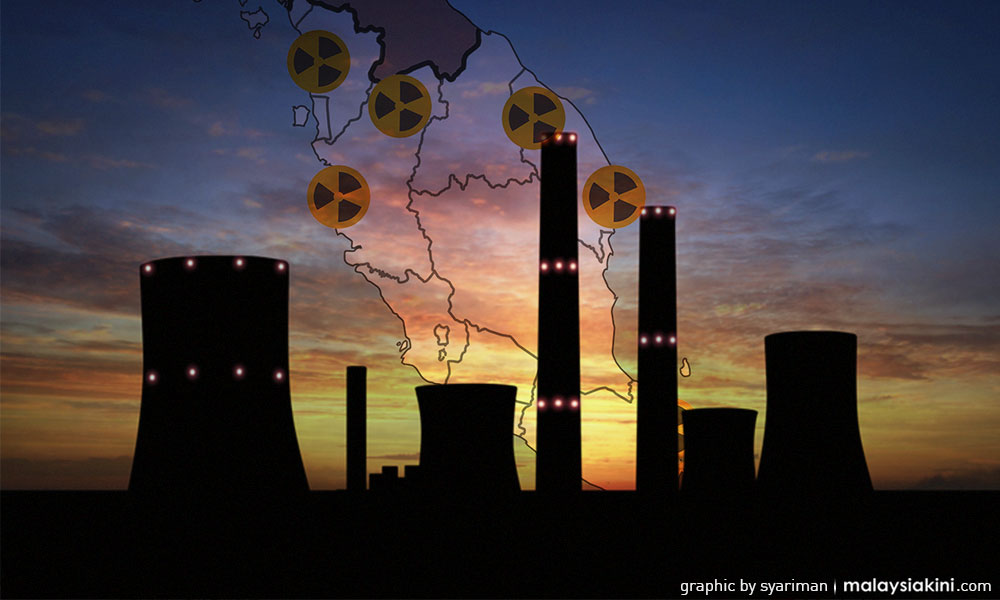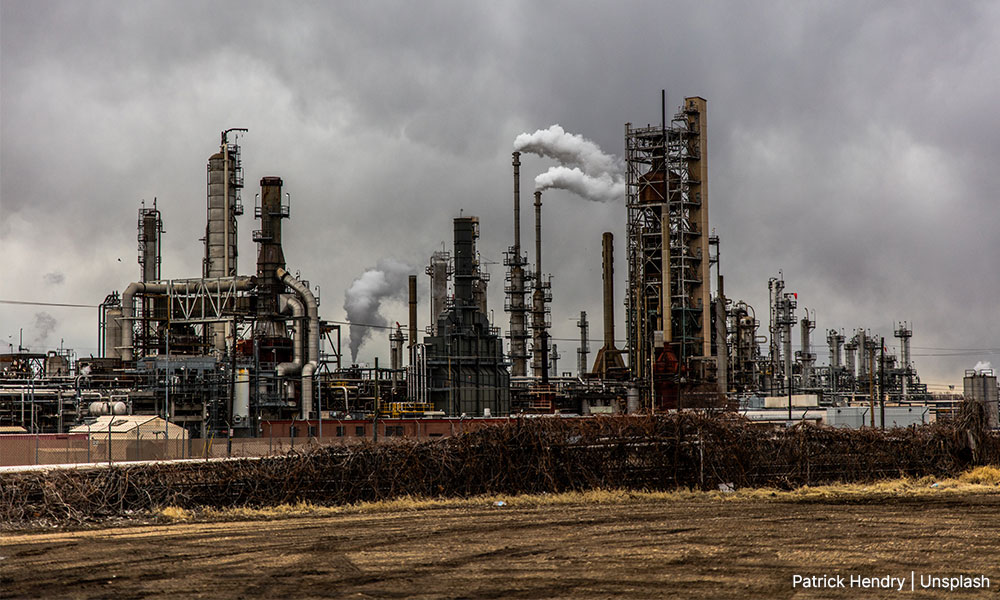Energy experts have defended their controversial support for nuclear energy, as part of an option to move away from fossil fuels to more sustainable sources of power.
Climate Governance Malaysia member Gary Theseira and Asia School of Business senior research associate Ganesha Pillai, in a lively discussion on Malaysia’s energy transition roadmap at a conference in Petaling Jaya on Monday, said nuclear power is the most efficient source of sustainable energy.
It is also the most “climate proof”, and would not depend on changes in the weather which is more unpredictable due to climate change, they added.
However, this received vigorous pushback from audience members, who were mostly community organisers, environmentalists, researchers, policy pundits and other energy experts.
“The only energy source which is fairly climate proof is nuclear. I know this is controversial because of where nuclear has been and where it is but I believe, where nuclear is going, it is drop dead safe,” Theseira (above) said.
Further, the experts said it is also the safest source of energy based on the number of deaths from nuclear fallout, compared to other energy sources, per amount of energy produced, according to multiple sources of data.
“Most people are against it because they don’t understand how much the technology has improved. We have a negative perception of nuclear energy because of how much has happened.
“(But) the number of deaths, it is much fewer compared to other energy sources,” Ganesha said.
Their remarks come as Natural Resources, Environment and Climate Change Minister Nik Nazmi Nik Ahmad said while there are safety concerns, nuclear energy “is something we cannot be ruling out totally” on the road to decarbonisation.
Pushback on safety and need
Going against the idea of nuclear as an energy source to transition from fossil fuels, conference attendees questioned the measure of risk and availability of other energy sources.
This includes panel moderator and Third World Network executive director Chee Yoke Ling, who said risk should not be calculated based on the number of deaths but the number of people who could be impacted if things go wrong.
Sahabat Alam Malaysia senior researcher Shamila Ariffin also questioned the panellists’ claim that technology has improved, saying that scientists said the same thing 20 years ago, and since then there has been nuclear fallout.
Similarly, the panellists were asked if technological advancement can mitigate the risk of external attacks on a power plant, like a bomb in situations of war.
To this, Theseira conceded that there will always be risks but they can be managed to a reasonable degree.
He gave the analogy of passenger jet planes for transatlantic flights, which now only have two engines instead of four, because the likelihood of engine failure is very low.
“We have to understand that risk can never be eliminated but you are willing to get on a plane which only has two engines when before you’re only allowed to get onto a plane with four engines,” he said.

Theseira added that small modular reactors have been used on aircraft carriers and submarines for years without issue, while those working on building nuclear plants are mitigating for unexpected risk like satellites crashing from the sky.
“They are designing modular reactors… several stories into the ground,” said Theseira, who served in the ministry in charge of the environment for about two decades, including under former minister Yeo Bee Yin.
Low hanging fruits
However, Theseira also accepted the view of other members of the audience that there first needs to be an assessment of actual energy demand, and whether the energy can be generated through other “low hanging fruits” before large investments are made into nuclear energy.
This may include capturing methane released in palm oil plantations or sanitary landfills and piping them into homes for use.
However, the panellists pointed out that many mills are not incentivised to sell the methane they produce and are just burning it through flares, producing carbon emissions instead of carbon savings.
This is because there is no infrastructure to sell the methane, and it is economically cheaper to buy subsidised fuel, instead of using the methane in their own mills.

Theseira, nevertheless, said biogas like methane capture, should receive greater focus in energy transition, especially as a means away from natural gas.
At the moment, natural gas is seen as a transitional fuel to move away from coal for electricity plants, but what comes after that is unclear.
“Gas is there (in the National Energy Transition Roadmap - NETR), not just as a transition fuel but as a core component.
“We need to move away from that, even if just through biogas. We have a lot of things which release methane, starting with sanitary landfills,” he said.
“The total number of energy sources is still very narrow.”
Ganesha also cautioned on the 70 percent renewable energy goal by 2050 set out in the NETR, because this only deals with installed capacity, and not the actual source energy we will use.
Part of this is because of the grid, which was built during colonial times, and made for fossil fuels and not renewable energy.
A significant portion of renewable energy generated in Malaysia is also sold abroad to countries like Japan and South Korea, contributing to their net zero goals.
“The primary source (of local energy consumption) is still fossil, even though the installed capacity (for renewable energy) is higher,” he said. - Mkini




No comments:
Post a Comment
Note: Only a member of this blog may post a comment.